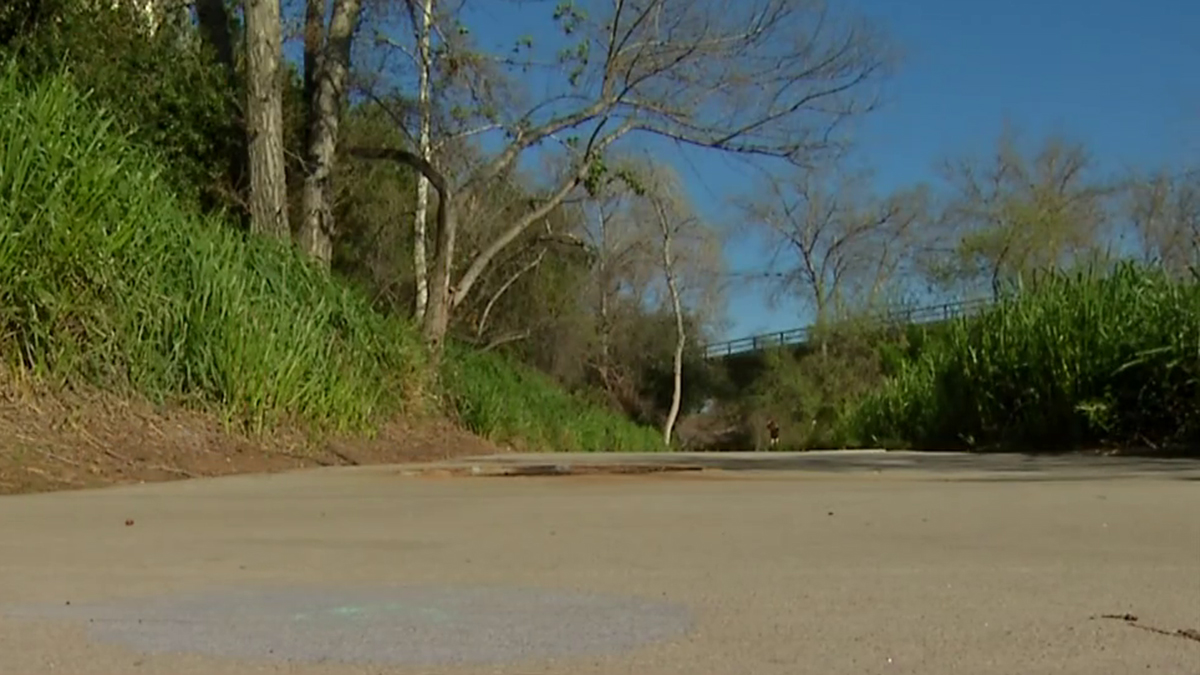This year marks the centennial of the worst flooding to ever hit San Diego County – a natural disaster that left many communities, including the South Bay, in dire straits. NBC 7’s May Tjoa reports.
This year marks the centennial of the worst flooding to ever hit San Diego County – a natural disaster that left many communities, including the South Bay, in dire straits.
On Jan. 27, 1916, the severe flooding caused the Lower Otay Dam to collapse. Water flooded the entire valley, pushing everything out of its way.
The force destroyed hundreds of farms, homes and businesses, and wiped away roads, bridges and railroad tracks.
“Not only was it a solid wall of water, but it was moving at a high rate of speed. It was a sudden break. No one had any warning,” Steven Schoenherr, president of the Chula Vista Heritage Museum, explained. “It covered the 10 miles from the Otay dam to the coast in about 48 minutes.”
Schoenherr said the 1916 flood is the worst one in San Diego County's history, and it's estimated 22 people died.
One hundred years later, the damage from that flooding has not been forgotten. The devastation is detailed in a new exhibit at the Chula Vista Heritage Museum.
“Centennial of the Great Flood of 1916” is the museum's first display in its new location at Chula Vista's public library located at 365 F St.
Local
In 1915, the City of San Diego wanted to fill its reservoirs and hired Charles Hatfield to help, as he was known for his work as a “rainmaker.”
Hatfield had already proven successful with farmers in California’s Central Valley.
“He had already many times made rain up in Hemet. He was paid by the farmers there every year in Hemet to make rain," said Schoenherr, who is also a former history professor at University of San Diego.
Schoenherr said Hatfield would use a secret formula and release chemical vapors into the atmosphere to create rain.
And that’s exactly what Hatfield did near Lake Morena dam in San Diego County just days before the flooding.
“He did not cause The Great Flood. He was, however, successful at making rain that happened to fall at the same time as three large Pacific storms that lingered over the county for two weeks,” Schoenherr explained.
“So you had a confluence – a coming together of Hatfield's chemicals, the weather fronts, the storms, the high pressure. And all that combined caused the rain not just to come and go, but to stay here and be very severe,” he added.
Nowadays, dams, siphons and storm drains are built with stronger materials. Schoenherr said no local dams have failed since 1916.
“We need to remember that this is always a possibility. It's like earthquakes. We can't do anything about it. They will happen. You just have to be prepared,” he said.
Schoenherr said rainmaking still exists today.
“After World War II, they discovered silver iodide crystals can cause water to condense around the crystal, if they're sprayed into a cloud. And that can cause rain,” he explained.
According to Schoenherr, after The Great Flood of 1916 the City of San Diego refused to pay Hatfield the $10,000 he charged to make it rain. Hatfield sued the city and lost, then retired from rainmaking.
By the way, one of the few structures that withstood the catastrophic flooding was a historic Queen Anne-style home on Chula Vista's Main Street.
The house, built in the 1880s, still stands today. The property sits just off the road and feels like a pocket of serenity among a row of businesses.
Resident Barbara Anderson was six years old when her parents bought the house in 1939. She spoke with NBC 7 about the historic home.
“When we were restoring part of the house, we found that the walls had striations on them which means it has shifted a little bit," said Anderson. "But it never floated away. It was never off its foundation."
The Anderson home made it through the flooding because it was so well built, and supported by a solid foundation.
At the time of The Great Flood, nearly all of the other homes around it were built of wood and succumbed to the water's force.
But this home was different.
“It was meant to survive. It has an integrity that a lot of buildings do not have," said Anderson.
In modern times, the home withstood another challenge to its existence.
More than 10 years ago, the City of Chula Vista wanted to turn the area where the home is located, into an industrial corridor.
Anderson and some neighbors spoke before the city council and fought the plan.
She said the city sent representatives out to see the historic house and once they did, they changed their minds. Soon after, Chula Vista designated the Anderson home a historical structure.
The Great Flood exhibit will be on display at the Chula Vista Heritage Museum for the rest of the year.



